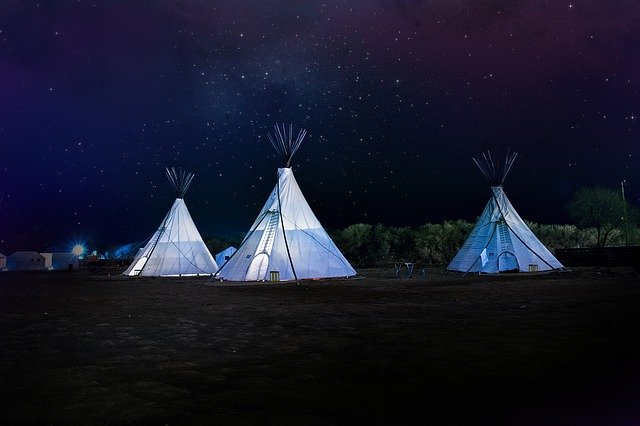It’s not always easy to find shelter in the wilderness. Sometimes you have to build your own and that requires a lot of effort. But it doesn’t have to be that way if you know how! In this blog post, I’m going to show you some quick tips for building shelters so that you can survive any situation in the wilderness.
Tips to Make Shelter in the Wilderness

The need for a shelter in the wilderness varies. Sometimes you’ll be on an expedition and other times it might just be because your car broke down or camping trip got cut short by weather conditions. The reasons behind the need are irrelevant. What matters is that you know how to build one, preferably without having to do much work at all!
- A tarp creates a tent in minutes: A tarp can also create a quick tent for sleeping if needed but keep in mind that this won’t protect from rain very well so I would recommend carrying some kind of ground mat inside as well (a piece of plastic could work too). -You don’t have to carry stakes with you: You may not realize this unless you’ve ever hiked with stakes already in your bag. A tarp can also be used as a shelter without the need for any stakes because it creates extra support by being attached to trees or other objects around you.
- In an emergency, use what’s available: When faced with limited supplies and no tent of any kind on hand, the best thing to do is simply find two large sticks (roughly 18 inches long) that are about 12 inches apart from one another. It doesn’t matter if they’re thick or thin at this point but just make sure each stick crosses over the other close enough so that when you put them together, there will be space between them where your head may rest. Fill this gap up with moss, leaves and anything else you can find that will serve as a cushion.
- If there is no ground cover, clear the area of sticks and leaves before laying down your tarp or blanket on the bare surface to create a softer resting place for yourself. This should be done even if it’s raining because water from your gear may seep into the earth below and make things much worse than they were in the first place.
- You want to avoid sleeping on wet soil as this could lead to hypothermia since cold air sinks lower into whatever bedding you’re using by trapping warm air inside with you while moisture soaks through any gaps between rocks or roots beneath you, chilling those areas more intensely during cooler nights.
- Sleeping on a slope can put undue pressure on your spine so try to find level ground: Seek out a place that is nice and flat like the inside of an abandoned culvert or under the overhanging branches from some trees.
- There are many ways you can create additional insulation for yourself if you don’t have blankets, sleeping bag or any other protective layer with you.
Conclusion: I hope these tips help you get a good idea of what to do if you find yourself in the wilderness with no shelter. Remember, it’s always best to be prepared and have some sort of plan for when things happen unexpectedly! But most importantly, don’t let your fear or worries about being lost keep you from exploring new places–you never know what might just await on the other side…so go out there and explore!



